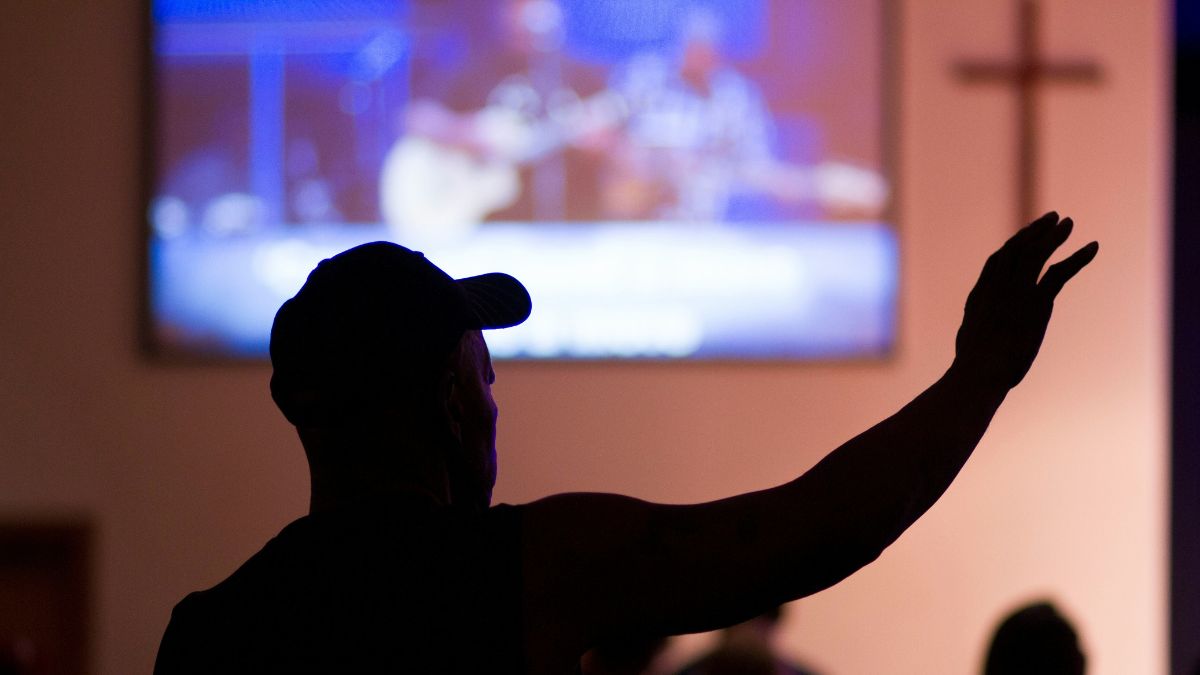

BreakPoint
Unhappily Ever After
Manny is an orphan, living on the streets of Mexico. Daily he faces hunger and beatings. He is caught trying to heist the wallet of a depressed Vietnam veteran, and the American befriends him. But soon the man is attacked by a street gang. Dying in a dirty alley, he gives his wallet to Manny and urges him to flee to America. It's a dreary story, without any redemptive message. Not the sort of thing you'd expect to find in a book for teenagers. But that's exactly what it is. The title is The Crossing, and it's on the American Library Association's list of Best Books for Young Adults for 1987. Death, divorce, poverty, crime—it's all in contemporary teen literature. I'm not talking about cheap paperbacks, either. I'm talking about the books most widely recommended by library and education groups. Literature used to be taught as an art form; its goal was to express beauty and truth. Today, literature is taught as a therapeutic tool for coping with personal problems. Anyone who objects to such bitter fare for teens is attacked as a censor. People say, "Don't you want kids to learn how to face the real world?" The answer is, of course we do. But these books raise problems without offering solutions. Jill Carlson reviewed the books most frequently recommended for teens and summarized her findings in a book called What Are Your Kids Reading? Carlson reports that a full quarter of the books revolve around death as a major theme. Yet none offers a biblical perspective on death or suffering. Another common theme, Carlson says, is teen sex. But it's never portrayed as morally wrong. It's never even followed by negative consequences, like teen pregnancy or sexually transmitted diseases. Carlson found the portrayal of adults in most books for teens sharply skewed. Fathers take a real beating: They're overwhelmingly portrayed as cruel and abusive. When you can find them, that is. Most have died, divorced, or deserted their families. Mothers have been dressed up by Women's Liberation and usually appear as career women. And clergy are almost always bad guys—lecherous and lewd. This new teen literature is described as "contemporary realism." But realistic it is not. America has its problems, I'll admit; but to portray most American fathers as abusive, most mothers as careerists, most preachers as hypocrites, and teen sex as fun without consequences—this is statistically and morally inaccurate. What are your teens reading these days? If you're a parent, I suggest you find out. Because when teens read, they enter into a dialogue with the author. As Carlson put it, "From cover to cover, your child is alone with a skilled author whose beliefs may not be yours." Make a habit of reading with your teens. Dig up the classics—books by Charles Dickens, Jane Austen, Thomas Hardy. Acquaint your family with Christian fiction, too—from Pilgrim's Progress to J.R.R. Tolkein, C. S. Lewis, and George MacDonald. Contemporary Christian novels are exploding onto the market these days, too, and many of them are excellent. What educators say is true: Kids do need to be prepared for the real world. But that means being armed with the truth.
11/25/92















